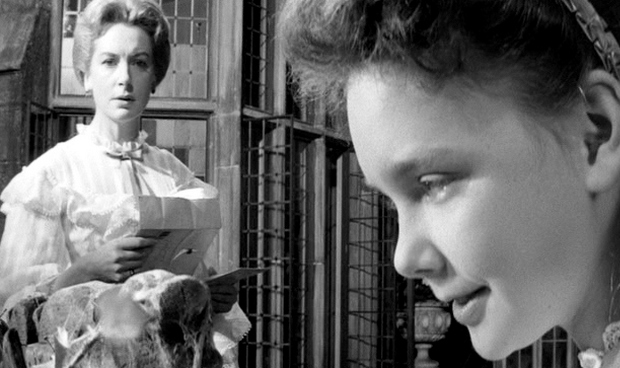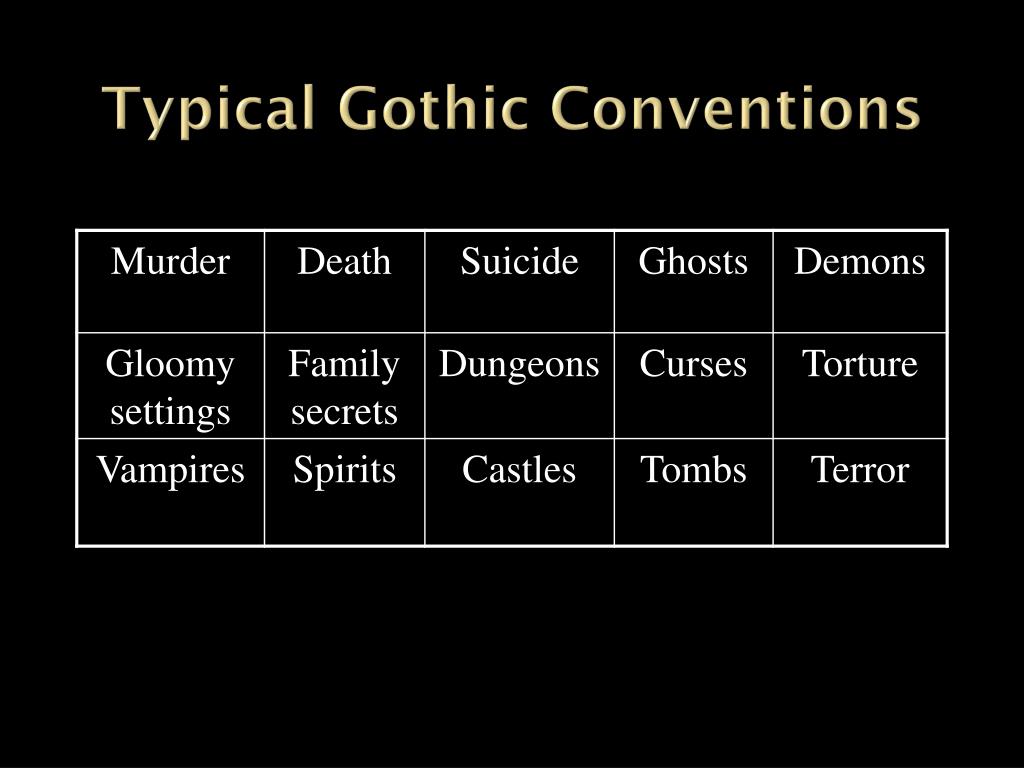
She looks at what it is in these movies that serves to elicit specific reactions in viewers and why such responses as fear and disgust are ultimately pleasurable. In exploring these films, the author argues against a purely psychoanalytic approach and opts for both feminist and philosophical understandings. Freeland seeks to counter both aesthetic disdain and moral condemnation by focusing on a select body of important and revealing films, demonstrating how the genre is capable of deep philosophical reflection about the existence and nature of evil-both human and cosmic. In The Naked and the Undead: Evil and the Appeal of Horror, Cynthia A. Horror films can be bloody, gory, and disturbing, so some people argue that they have bad moral effects, inciting viewers to imitate cinematic violence or desensitizing them to atrocities. Horror is often dismissed as mass art or lowbrow entertainment that produces only short-term thrills.

The book invites readers to consider horror's various manifestations and transformations since the late 1700s, probing its social, cultural, and political functions in today's media-hungry society. The Philosophy of Horror celebrates the strange, compelling, and disturbing elements of horror, drawing on interpretive approaches such as feminist, postcolonial, Marxist, and psychoanalytic criticism. The analysis also extends to contemporary forms of popular horror and "torture-horror" films of the last decade, including Saw (2004), Hostel (2005), The Devil's Rejects (2005), and The Hills Have Eyes (2006), as well as the ongoing popularity of horror on the small screen. Also examined are works that have largely been ignored in philosophical circles, including Truman Capote's In Cold Blood (1965), Patrick Süskind's Perfume (1985), and James Purdy's Narrow Rooms (2005). Examining the evolving role of horror, the contributing authors investigate works such as Mary Shelley's Frankenstein (1818), horror films of the 1930s, Stephen King's novels, Stanley Kubrick's adaptation of The Shining (1980), and Alfred Hitchcock's Psycho (1960). Thomas Fahy and twelve other scholars reveal the underlying themes of the genre in The Philosophy of Horror. From literature and urban legends to film and television, horror's ability to thrill has made it an integral part of modern entertainment. Whether serious, kitschy, frightening, or ridiculous, horror not only arouses the senses but also raises profound questions about fear, safety, justice, and suffering.
#Gothic literature movies movie
But they also breathe a sigh of relief when the action is over, when they are able to close their books or leave the movie theater. Sitting on pins and needles, anxiously waiting to see what will happen next, horror audiences crave the fear and exhilaration generated by a terrifying story their anticipation is palpable. A History of Horror, supported by rare stills from classic films, brings over fifty timeless horror films into frightfully clear focus, zooms in on today's top horror Web sites, and champions the stars, directors, and subgenres that make the horror film so exciting and popular with contemporary audiences.

Dixon examines key periods in the horror film-in which the basic precepts of the genre were established, then banished into conveniently reliable and malleable forms, and then, after collapsing into parody, rose again and again to create new levels of intensity and menace.

A History of Horror explores how the horror film fits into the Hollywood studio system and how its enormous success in American and European culture expanded globally over time. Arranged by decades, with outliers and franchise films overlapping some years, this one-stop sourcebook unearths the historical origins of characters such as Dracula, Frankenstein, and the Wolfman and their various incarnations in film from the silent era to comedic sequels. Wheeler Winston Dixon's A History of Horror is the only book to offer a comprehensive survey of this ever-popular film genre. Ever since horror leapt from popular fiction to the silver screen in the late 1890s, viewers have experienced fear and pleasure in exquisite combination.


 0 kommentar(er)
0 kommentar(er)
